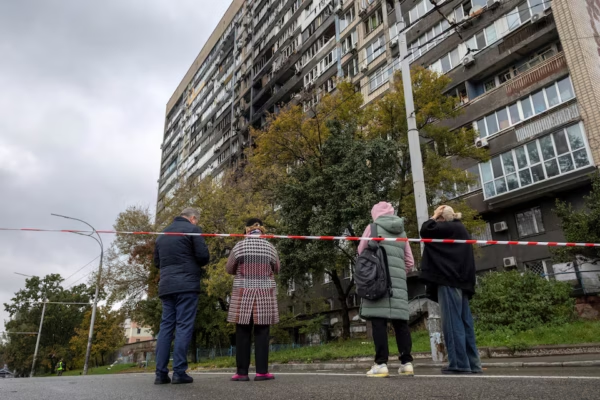Russian forces have launched a fresh offensive on Ukrainian energy facilities in a heavy overnight attack that cut power to nine regions and plunged parts of the capital Kyiv into darkness, Ukrainian officials said on Friday.
Read Also
At least one person was killed, a seven-year-old child in the southeast, and at least 20 people were injured in the latest Russian attack targeting Ukraine’s energy facilities as another winter approaches in the war that began in February 2022, Reuters reported.
“It is precisely the civilian and energy infrastructure that is the main target of Russia’s strikes ahead of the heating season,” President Volodymyr Zelenskiy said on X.
Calling for more support from Kyiv’s allies, he said: “What’s needed is not window dressing but decisive action – from the United States, Europe, and the G7 – in delivering air defence systems and enforcing sanctions.”
For many Kyiv residents, the day started with power cuts, disruptions in the water supply and transport delays.
“We had no power or water when I left my house. I can’t get to work because subway is not operating and buses are overflowing,” Anatoliy, a 23-year-old student, told Reuters.
“I’m hoping for the best but I don’t even know how to reach the other bank (of the Dnipro river that runs through Kyiv),” he said, after spending the night in his hallway because of loud explosions.
Prime Minister Yulia Svyrydenko said the assault was among the heaviest concentrated strikes on energy infrastructure and reported significant damage.
Around 28,000 families remained without power on Friday morning in the Kyiv region, Governor Mykola Kalashnyk said.
The attack also damaged energy infrastructure in the central region of Poltava where around 17,000 consumers were without power, regional officials said.
Ukrainian private energy firm DTEK said its thermal power plants had suffered significant damage in the attack but did not immediately provide further details.
The government said it expected the water supply to the capital to be restored by the end of Friday, and that power was reaching critical infrastructure as repairs were being made.





